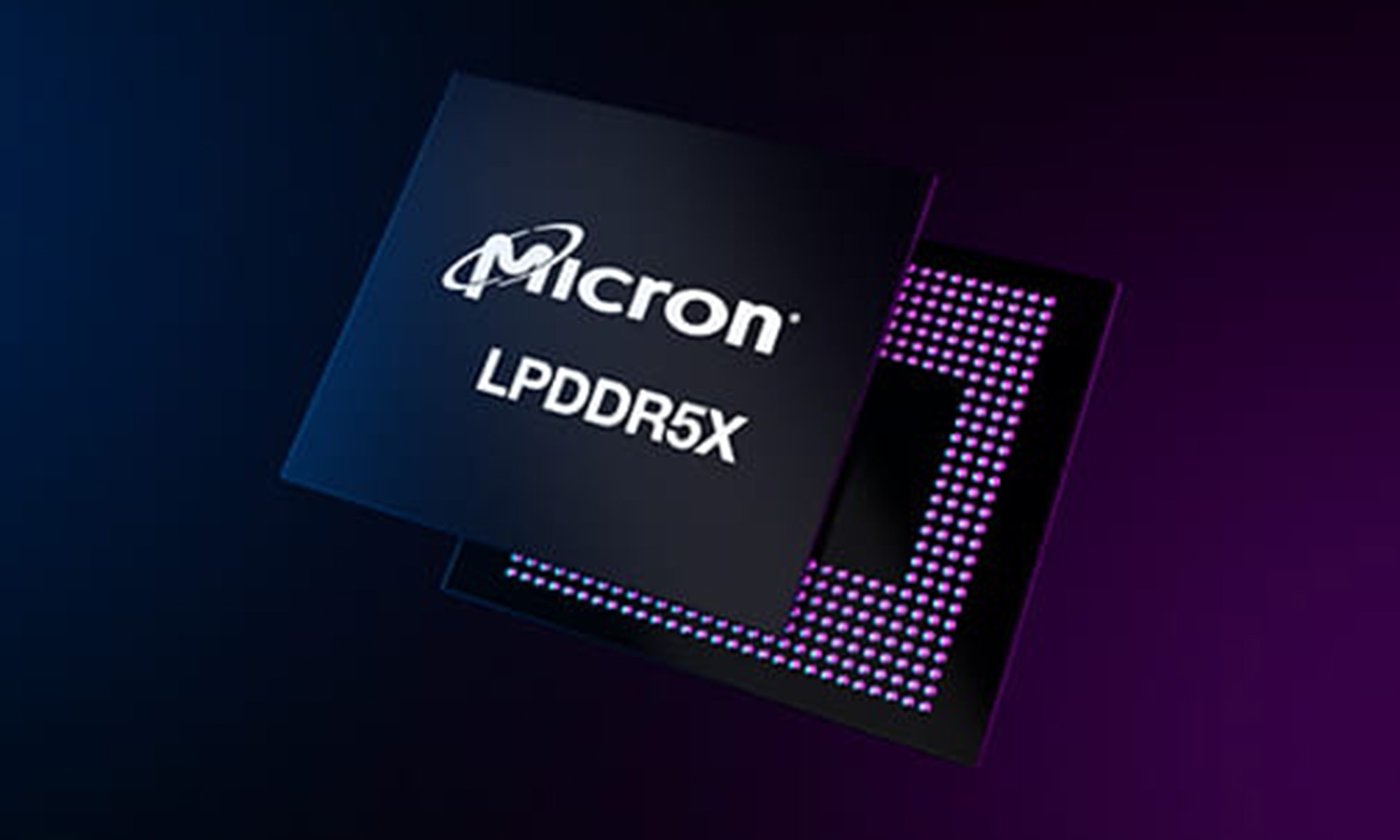Memory chipmaker Micron Technology (MU +7.68%) delivered another set of strong results recently, beating consensus estimates. The company is benefiting from strong demand for DRAM chips, driven by both personal computers and mobile. For the first time, it issued a quarterly forecast that was better than estimates. Moreover, with Apple's (AAPL 1.04%) next iPhone on the way, for which Micron supplies flash memory, there's a good chance that its performance might improve further.
Let's take a look at Micron's results and how it is positioned for the long run.
A terrific performance
Micron's revenue for the third quarter came in at $3.98 billion, up 72% from the year-ago period. The company reported such a robust jump on the back of its Elpida acquisition, along with positive trends in the memory chip industry. Its net income for the quarter was $806 million, or $0.68 per share. This was much better than net income of $43 million, or $0.04 per share in the year-ago period. Undoubtedly, the results were impressive, and since Micron issued a strong outlook, the company looks set to get better.
Solid prospects
Micron posted an excellent quarter on the back of robust demand, as well as strong operational execution. The company is focusing on completing conversion of the 25-nanometer DRAM platform, and also shifting to the 20-nanometer platform, which is vital to improving its relative cost position.
The company is actively managing its DRAM product mix to serve demand growth in categories such as server and mobile, along with maximizing its margin profile across other strategically important segments. For example, Micron is progressing well with its 16-nanometer planar NAND conversion, which is expected to make its business more capital efficient.
In addition, it is investing in tools and engineering resources to deploy and ramp up its innovative 3-D NAND technology, along with the 16-nanometer TLC NAND-based products. Apart from these, Micron's enterprise solid-state drive, or SSD, product portfolio is also gaining momentum. The company is continually improving its ability to provide high-value system-level solutions. Micron's investments in advanced packaging and controllers, along with newly emerging memory technologies, will strengthen its competitive position.
Focusing on efficiency
Micron is planning to align its Micron Memory Japan and Micron Memory Taiwan segments with other fabs around the world to improve operational efficiency. The company doesn't plan to expand wafer production, which should help it maintain pricing levels. Demand in the DRAM market is expected to remain healthy, growing in the low-to-mid 20% range. Moreover, the NAND market is also projected to grow in the low 40% range.
For 2015 and beyond, Micron plans to be cautious with capital spending. It plans to maintain flexibility to regulate capital expenditures based on the return profile of the investment, along with the impact of any change in market conditions.
Favorable industry outlook
Micron sees a favorable outlook in the memory industry. Supply bit growth trends have stabilized at a level below the historical average, driven by a slowing rate of technology migration. In addition, there's stable growth in memory-intensive applications. So, the demand-supply equation in the memory industry remains in favor of Micron.
To tap this demand, Micron launched its first 16-nanometer client SSD drive, the MX100, at Computech. It received healthy customer commitments in the SSD value segment. In addition, it launched the M500 DC SATA enterprise drive for data-center applications, receiving strong order inflow from a major search company to address storage requirements.
Micron is also enhancing its controller and firmware organization to help align its PCIe and SaaS roadmap to enterprise customer requirements. Its 3-D NAND technology is designed to deliver a cost-effective solution and provide a competitive advantage in high-performance applications.
iPhone 6 prospects
After completing the acquisition of Elpida last year, Micron bought its way into Apple. Elpida has been a supplier of memory for the iPhone, which should work to Micron's advantage.
According to tech analyst Matt Margolis, Micron has already secured a contract from Apple to supply memory for the iPhone, along with other devices. Margolis states that Apple will be using next-generation technology, the LPDDR4 DRAM memory, across its products this year.
Micron has already started ramping up production of DDR4, which is indicative of its efforts to satisfy demand from Apple. Also, since Elpida has been a supplier for the last two iPhones, it won't be surprising if Apple chooses its memory once again, eventually benefiting Micron.
Apple is preparing the iPhone 6 for launch, with an expected launch date in September. Apple is expected to bring out a revolutionary phone with cutting-edge technology, including a LiquidMetal chassis and a sapphire display. In addition, the company is expected to launch two iPhones -- one 4.7-inches in size and the other 5.5-inches -- as reported by The Motley Fool's Daniel Sparks.
So, as Apple is making an effort to capture the market for large-screen devices, it is expecting huge demand. According to reports, Apple could ship 80 million units of the iPhone 6 in 2014. With Apple ramping production of its upcoming iPhones, Micron will eventually see an increase in orders and report stronger revenue growth.
The takeaway
There are a number of factors working in Micron's favor. Favorable trends in the memory industry, increasing demand for storage applications, and Apple's next iPhone will drive growth for the company. So, even though Micron is trading near the higher end of its 52-week range, investors should continue holding the stock for more gains.







